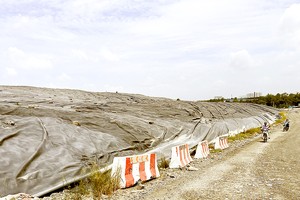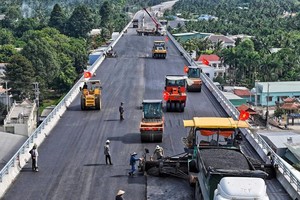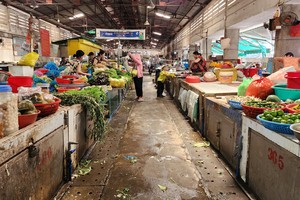The Vietnamese National Assembly Monday approved the country's socio-economic development plan for 2011, setting the economic growth at 7 to 7.5 percent and CPI under 7 percent in 2011.

In the 2011 plan the NA focused on jobs with the goal of 1.6 million jobs, reducing poor households by 2 percent.
In order to achieve the goals, the NA agreed six measure groups to strengthen macroeconomic policies, ensuring trade balance and foster economic development.
The NA will implement strong measures including stimulating export increase, closely controlling import, flexibly and initiatively regulating monetary policy, strictly managing the gold and exchange markets.
The NA also required all state-owned companies to focus on their major investment field, avoid spreading investment. The NA asked state owned companies to clear their business results and imposed stringent compliance audit regulations on them.
In the plan, the NA also ask the Government to deploy timely social welfare policies, resolve environment pollution, continue the administration reform and intensify the fight against corruption.
Under the plan, forest planting projects invested by foreign capital in sensitive places to national defense and security will be withdrawn investment licenses and forests will be given to farmers or army forces.
Evaluating the effectuation of the social-economic development plan in 2010 at the meeting session, the NA said that the country reached most targets in the plan despite a lot challenges.
GDP is predicted at 6.7 percent. Export demonstrated a remarkable increase of 19.1 percent, three times higher than that of last year.
However, like last year the NA said that the economic growth was unsustainable, investment effects showed low while trade gap was still big and budget expenditure was so high, commodities’ prices increased rather fast, causing risks of high inflation.
























